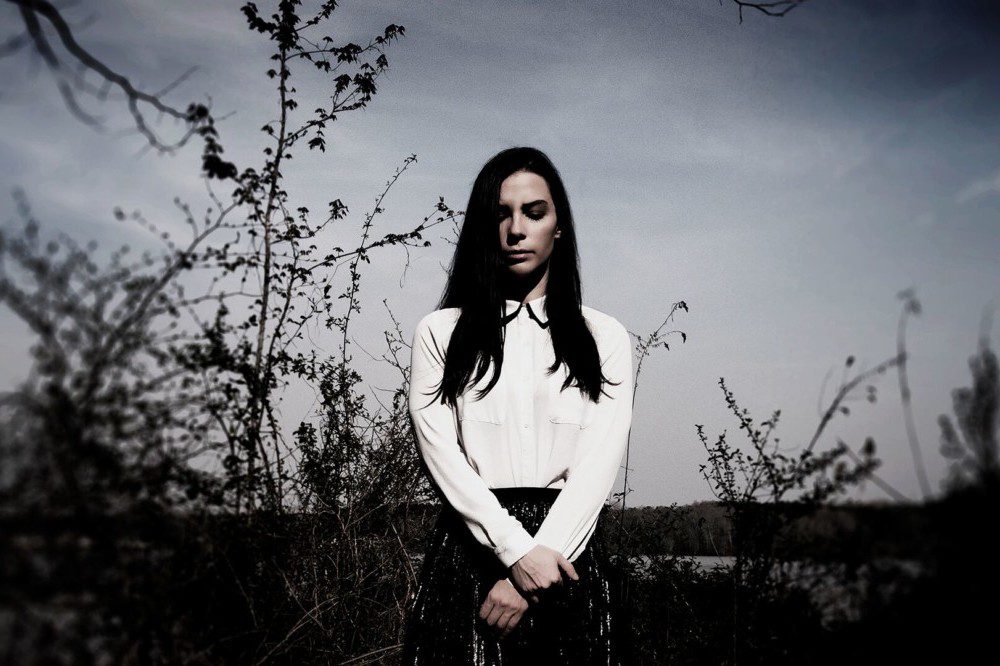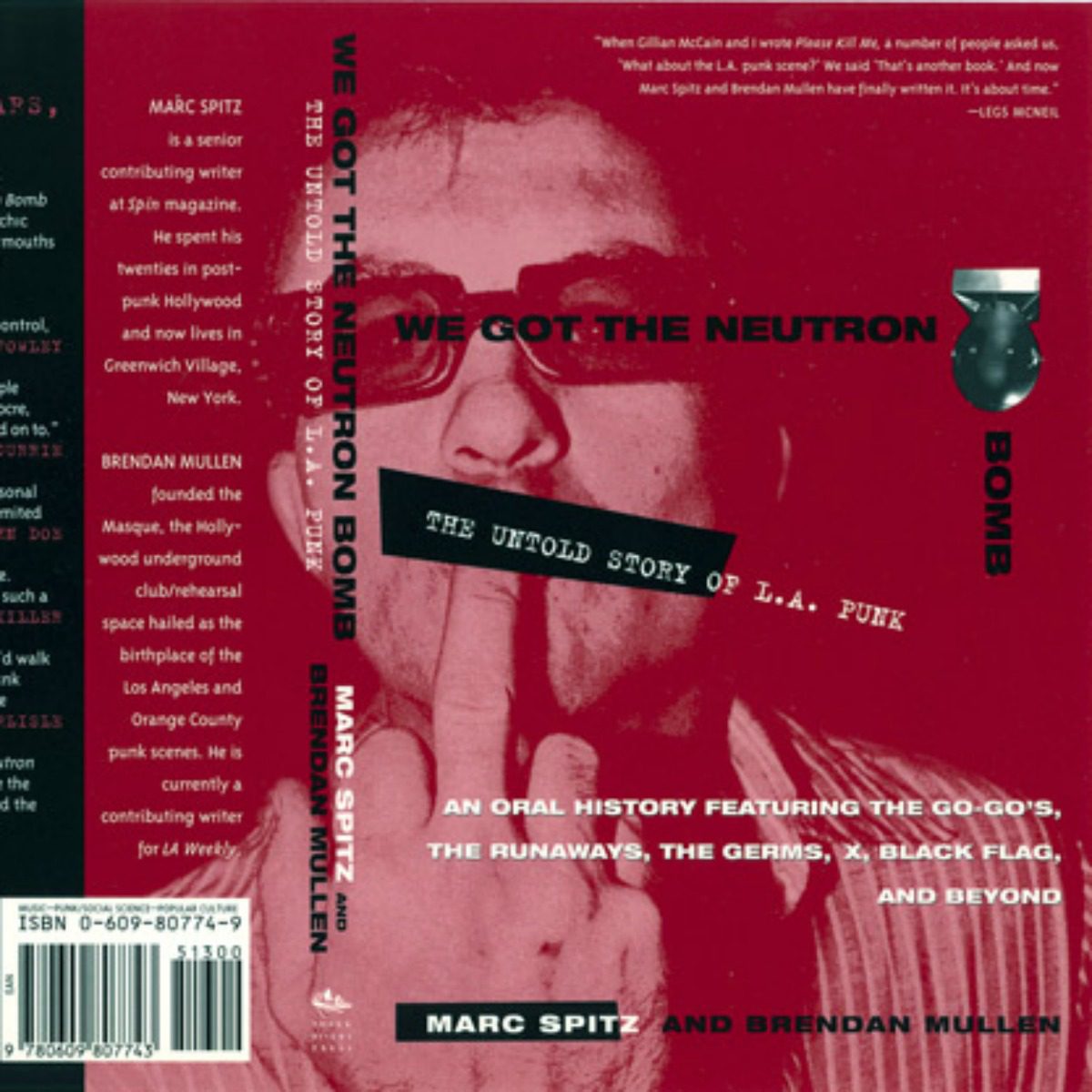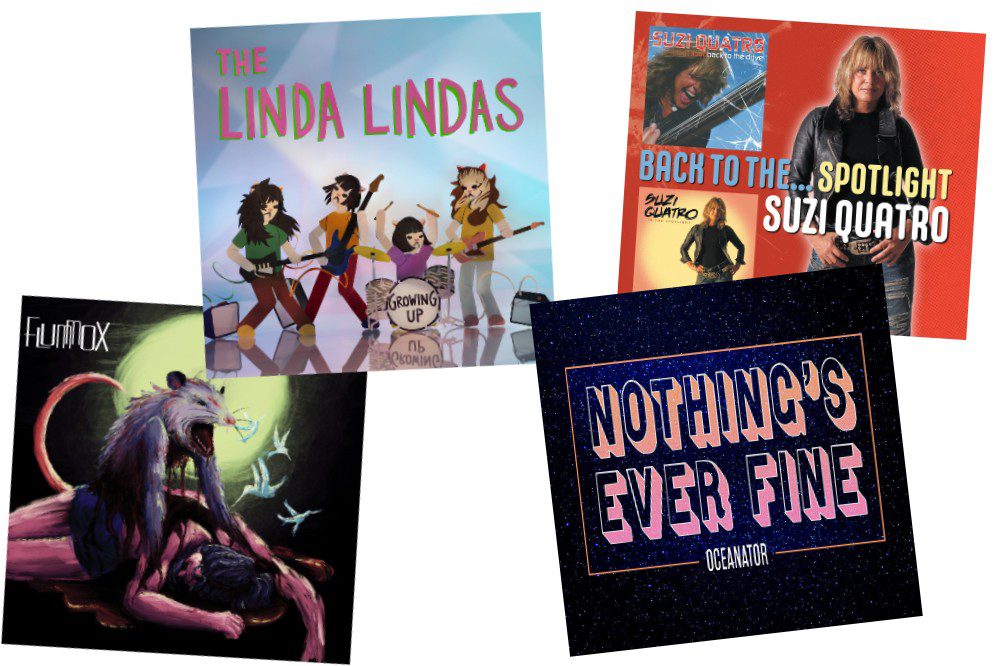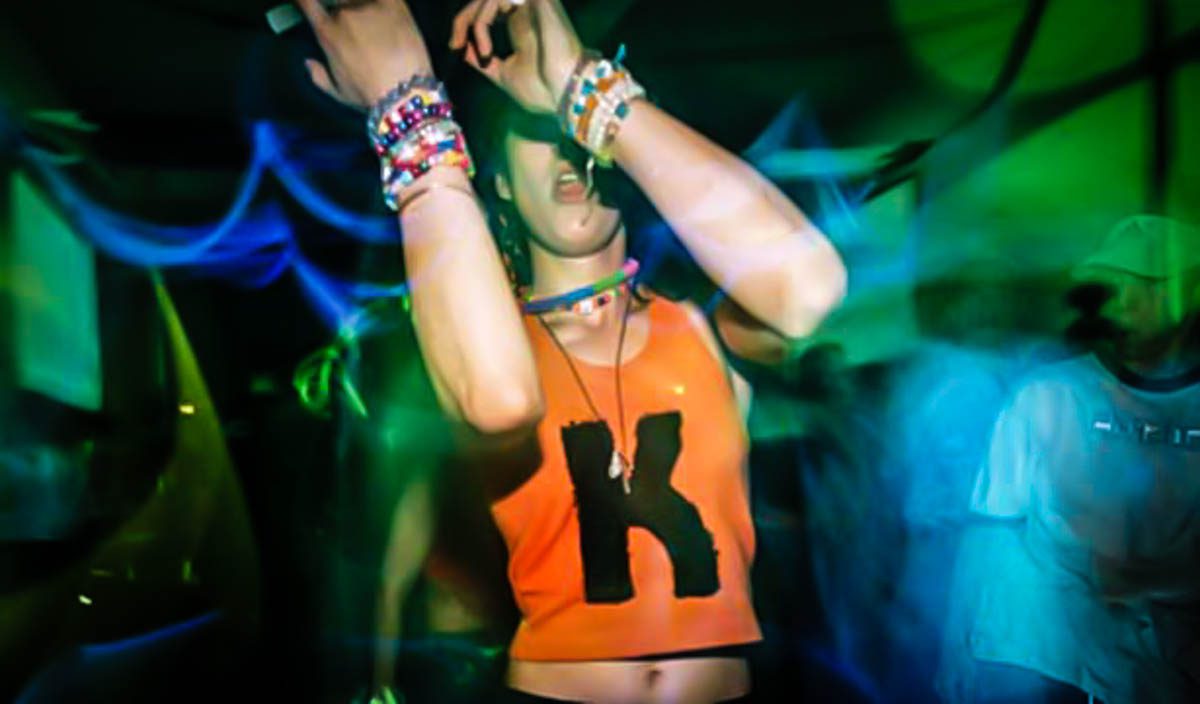
[fusion_builder_container hundred_percent=”yes” overflow=”visible”][fusion_builder_row][fusion_builder_column type=”1_1″ background_position=”left top” background_color=”” border_size=”” border_color=”” border_style=”solid” spacing=”yes” background_image=”” background_repeat=”no-repeat” padding=”” margin_top=”0px” margin_bottom=”0px” class=”” id=”” animation_type=”” animation_speed=”0.3″ animation_direction=”left” hide_on_mobile=”no” center_content=”no” min_height=”none”]
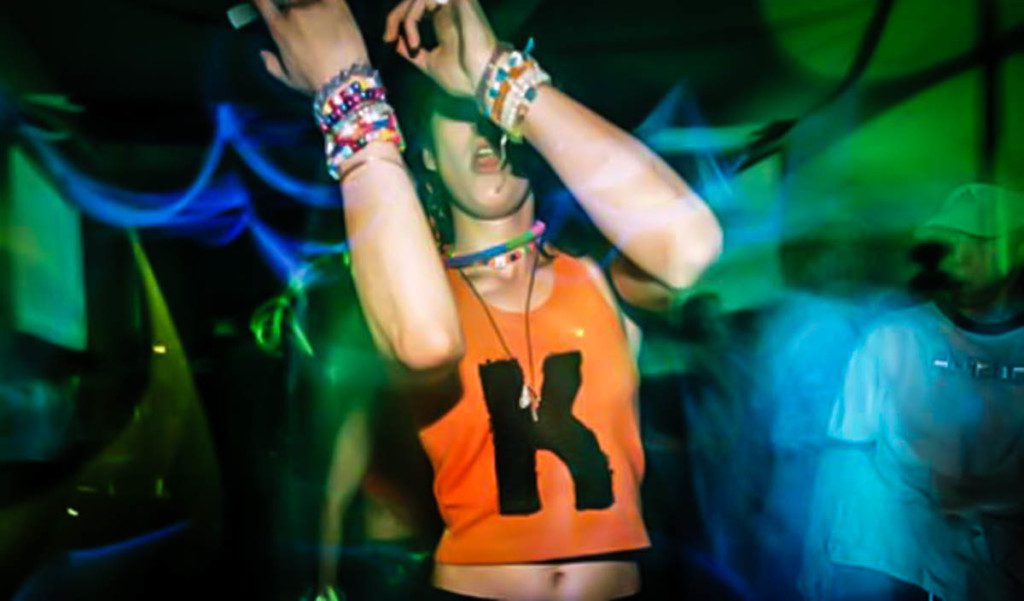
At a Manhattan club in 1997, Jenna*, 42, snorted speed she was told was laced with ecstasy. A few minutes in, her body felt frozen. For the rest of the night, she alternated between paralysis and “dancing like a madwoman.”
“I would sit on the steps and wait for the feeling that my limbs were too heavy to move to pass,” she recalled. “It was scary because I was basically at the club alone.” It wasn’t until she told someone this horror story that she learned the “ecstasy” was probably ketamine.
Adrian, 28, took K while watching 30 Days of Night at a friend’s house. “I believe it only lasted an hour but felt like it lasted much, much longer,” she said. “Rather than everything feeling colorful and vibrant, as in a mushroom trip, everything felt darkened with black and blue. People’s faces started to look very cartoonish and grotesque, like masks. … Everything seemed all that much more visually horrifying, and yet I felt very removed from the horror I felt.”
Ketamine seems like the odd stepchild of the club drug family. In most nightclubs, you can expect to find cocaine, MDMA, and, of course, alcohol. But even some of the most experienced drug users steer clear of ketamine. As one psychonaut friend told me, “It’s not a drug you fuck with.” Another recounted falling into a “K-hole” — a ketamine-induced state where you lose control of your body and mind — and believing he was the carpet.
Steven Levine, MD, founder of Ketamine Treatment Centers, gives people with depression and PTSD ketamine in dark, undecorated rooms that block off sound. Noises, lights, colors, social interactions — basically everything you’d find in a club — can make someone on ketamine anxious, he says.
Given this effect, and given the scary and isolating experiences some have with ketamine, how did it ever become popular with club-goers?
Developed in the 60s as a anesthetic drug for surgeries, ketamine is now more often used in animals than humans. Its main property is as a dissociative: it makes you feel detached from yourself and your surroundings, the extreme of which is the dreaded K-hole. In medical settings, though, it often just knocks you out, so you’re unlikely to experience any of this, according to Glenn Hartelius, PhD, professor at the California Institute of Integral Studies and co-editor of The Ketamine Papers.
During the Vietnam War, soldiers experimented with ketamine used to treat them on the battlefield, said Hartelius. Some brought it back home, and though hippies’ psychedelic of choice was LSD, a few tried K in the 70s, according to Levine. But it wasn’t until the following decade that it popped up in clubs, and it wasn’t well-known until the 90s. Since then, it’s taken off in the UK, China, and parts of southeast Asia, though users in the US are still relatively cautious.
“Whenever I’m out in a social setting and people ask what I do, the subject of ketamine comes out, and people say, ‘Oh yeah, I took that in the 90s in a club, and it was horrible. I was so anxious,’” said Levine. It can be a very different experience, however, in a peaceful setting, he added. In fact, when it’s been used to treat depression, 63.8 percent of people who didn’t respond to any other treatment saw relief within 24 hours, according to a study presented at the 2013 American Psychiatric Association annual meeting. 45.7 percent were still better after a week, and patients didn’t report any big negative effects.
Ketamine’s musical effects are equally all over the place. Levine said the people he treats with ketamine often develop hearing superpowers, detecting noises from across the building. But it can also make music sound garbled so that you can’t make out the notes or lyrics, said Hartelius. As with any psychedelic, the effects are extremely unpredictable, he explained. Two of the biggest factors, though, are your mindset and your environment.
While ketamine’s use may be spotty in the US, the fans it has garnered are loyal. Daniel Saynt, who runs New York nightclub NSFW and organizes the physician-led responsible drug use class “Just Say Know,” knows people who swear by it. “You just have to be careful with it and not go crazy with it,” he said.
Saynt describes the ketamine experience very differently from Jenna and Adrian: “You have warmth that starts filling your body — starts from the head and goes down. You might wobble a little bit when you walk. Once you get settled, you’re usually good with ‘I wanna dance, go party, be on the dance floor.’ … You want to explore how your body feels, your way of movement.”
Ketamine makes deep house music and “anything coming out of Burning Man” more evocative for Saynt, but techno won’t do much for him. “It’s not something for top 40,” he said. “Not something for hip hop. Anything that’s high-beat and high-energy, I’m not a fan of mixing ketamine and those two.”
With its hallucinogenic and “spiritual” properties, Saynt likens ketamine more to mushrooms or ayahuasca than molly or coke. While the latter drugs might make you more attentive to your surroundings, ketamine prompts you to turn inward. Nevertheless, it can heighten your feeling of connection to others — and maybe even the universe — particularly in smaller doses, when the risk of sliding into the dreaded k-hole is less likely. “More chanty type stuff feels really good on ketamine,” he said. “It feels like a much more spiritual drug because of how you feel on it and how it makes you appreciate slower things and slower movements.”
Perhaps for that reason, Saynt sees more ketamine use among burners than ravers. “Cocaine is a drug people tend to use when they’re younger,” he explained. “They’re new to the drug scene. You take cocaine so you have energy to party all night. K is more around that 25-35-year-old group of people who are professionals, aren’t looking to have a major hangover, aren’t drinking alcohol as much. They’re not buying cocaine because they’re a little more socially conscious, and a lot of the people I see using it are people who are fairly educated and just aware of the dangers of drugs… the intellectual drug user.”
Nadia, 36, similarly finds ketamine to be a lower-key alternative to other club drugs, since it just lasts 20-60 minutes and doesn’t give her hangovers. “As a working adult, K is a great option — in the right quantity,” she says.
So, maybe Special K is the odd stepchild of the club drug family; for some, that could be its main appeal.[/fusion_builder_column][/fusion_builder_row][/fusion_builder_container]

